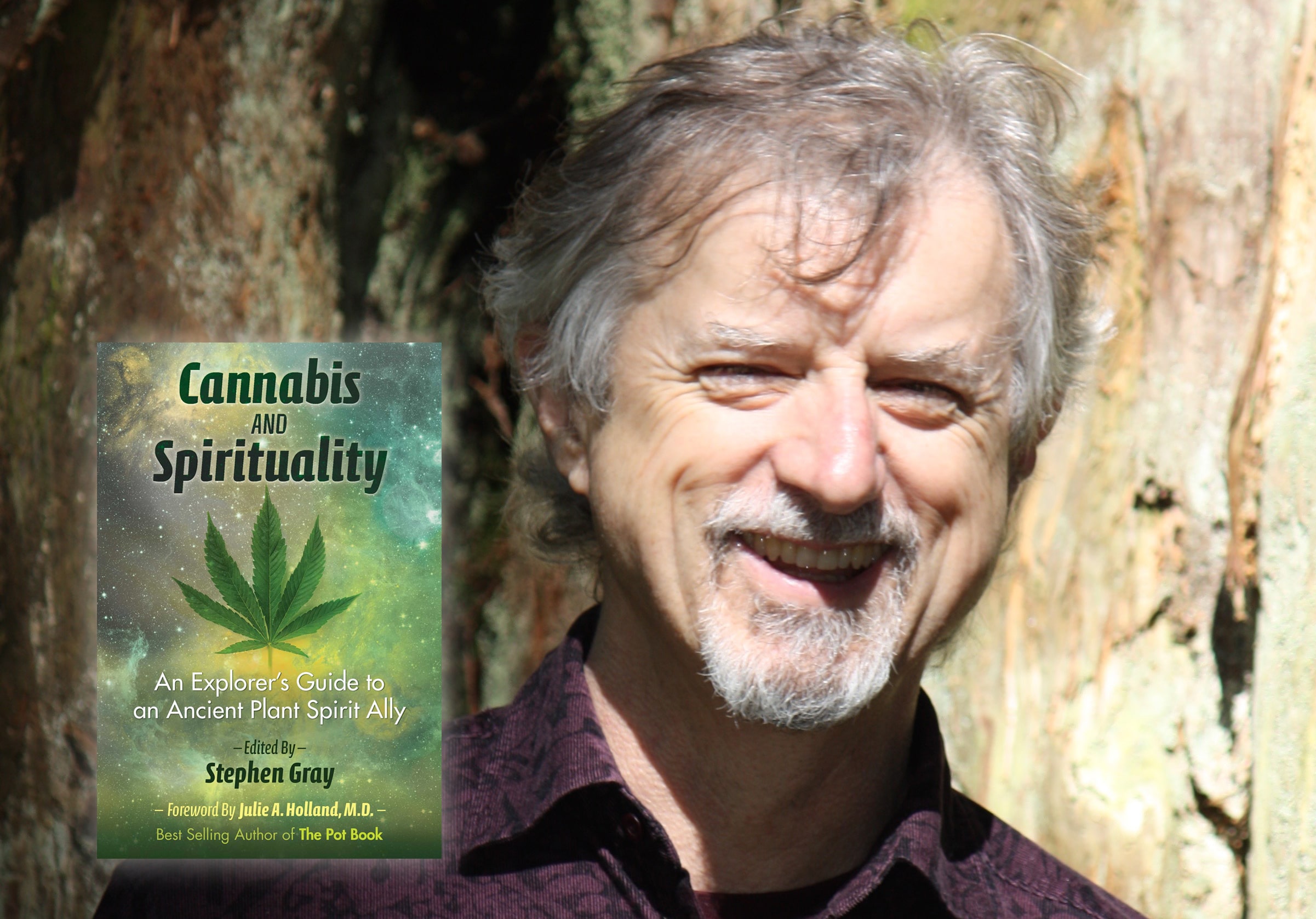
Dr. Fred Weaver worked to channel the powerful creative potential of LSD.
When you think about the sixties, LSD, and California, the first thing that often comes to mind is a culture of revolution, excess, and even reckless hedonism. What many do not know is that, amidst this chaotic and transformative time, a small group of doctors and psychologists were quietly practicing psychedelic therapy and uncovering the potential of substances like lysergic acid diethylamide to unlock personal and creative potential half a century before the fad of Silicon Valley microdosing. One of these early pioneers is Dr. Fred Weaver III, an award winning psychiatrist, teacher, and writer who has authored many books on creativity and consciousness. Psychedelic Times had a chance to speak with Dr. Weaver recently about the sixties psychedelic revolution and his own experiences with LSD-assisted psychotherapy.
Thank you for speaking with us, Dr. Weaver. I’m curious, when did you first encounter psychedelics, and was it in the context of sixties rebellion, self discovery, therapy, or a mix of those?
If you recall, in the early sixties LSD was legal for a few years in California. During that time, the whole Love Generation thing was opening up. I had a practice at that time in Beverly Hills doing psychoanalysis and psychiatry. I also was in the process of developing something called the Institute of Creative Living, which I ran for five years. I had a reputation of being a liberal kind of psychoanalyst, and many Hollywood types—actors and actresses and creative people—were being referred to me by a number of my colleagues. People who came to me wanted to know if there was a way they could take LSD while I worked with them.
This was very new territory back then. How did you approach these psychedelic therapy sessions?
I tried a number of approaches, but the one that seemed to work best was, I would sit with someone who took one or two tabs and went through their trip. I would make notes, and often that trip would take eight to ten hours. Afterwards, I would set up a number of sessions, maybe five or so, where I would play back to them my interpretations of what went on, almost like a dream interpretation. Then, from that, we would see whether or not I would be willing to work with them in further therapy. Often I’d then refer them to other psychiatrists that worked more traditionally.
That was the way I found most successful in terms of helping people to get more in touch with themselves. Many of them became more interested in spiritual things. A number of them joined different kinds of ashram groups. Everyone seemed to enjoy life much more. What I found out is that it really unlocked the door to the hidden persona, the so-called subconscious or unconscious as many people call it. Many of them became more connected with themselves and with the universe.
Did you ever experiment with LSD yourself?
Yes, after working with it for a while I decided I would take some. It happened twice in the office by myself. Both trips for me were good in terms of opening me up to a level of spiritual awareness that I hadn’t experienced before. I was brought up as a religious person in a Southern Baptist church, but I never quite bought into the religious thing. I had a lot of questions about religion and through my trips was able to see the connection between religion and spirituality and what the difference was.
I also had been in classical Freudian analysis for about five years, and I really think analysis worked for me, but my acid trips opened me up to a spiritual level, which I call higher consciousness, and I certainly became more creative. I started painting and writing poetry, and I became more confident. Definitely I think it had a lot to do with leading me into investigating a lot of the Eastern ideas.
Since you’ve retired from a long and successful psychiatric career, you have written a number of books on those subjects; can you talk about where those passions have lead you?
I write about the self being connected with the universe and how we can be returned to our original slice of God consciousness which everyone is born with. These are the ideas I play with now. My latest book is called Selfness (I AM). Also, I’ve been in the polyamorous community and studied Tantra extensively. I’ve attempted to synthesize some of these things that were initially difficult for me to understand in the context of my upbringing and came up with a number of tentative conclusions which I share in my work. That’s part of the fun for me here at eighty-nine; writing and thinking and sharing with others.
We are very grateful to Dr. Weaver for his lifetime of pioneering work. His latest book Selfness (I AM) is available on Amazon.









